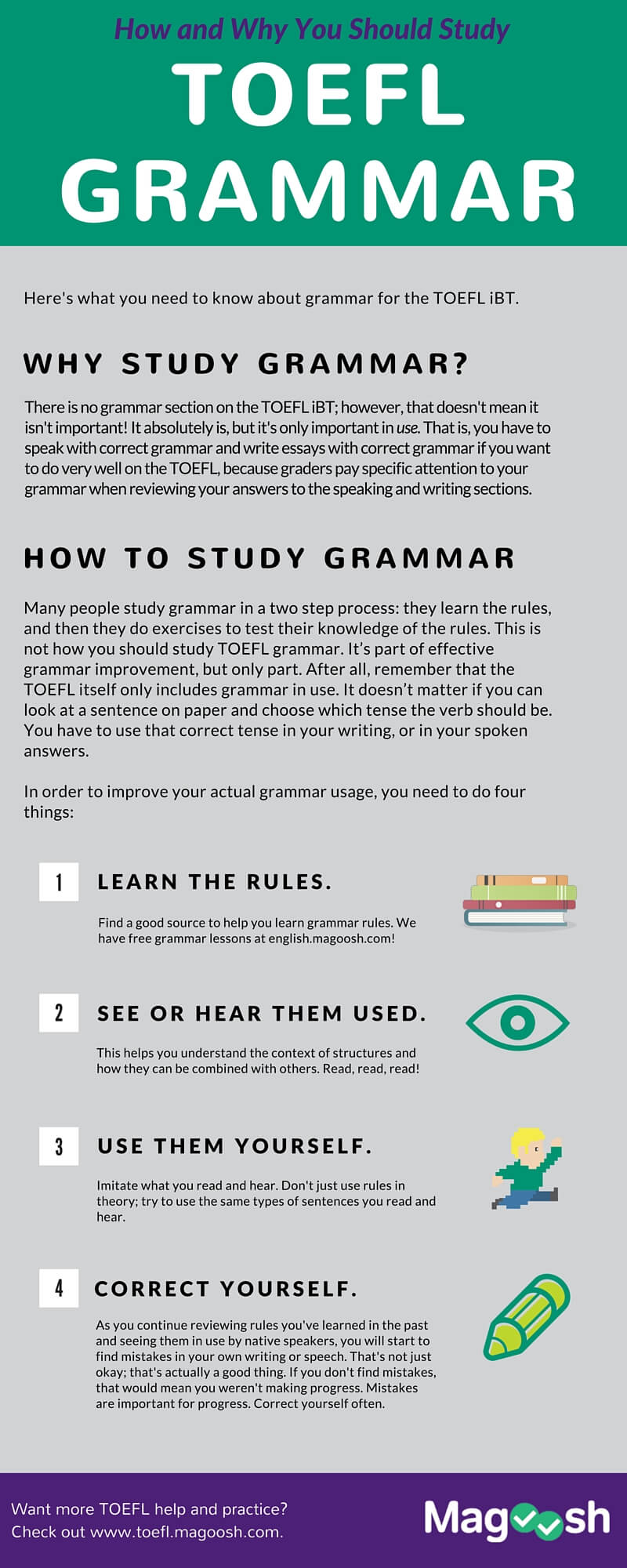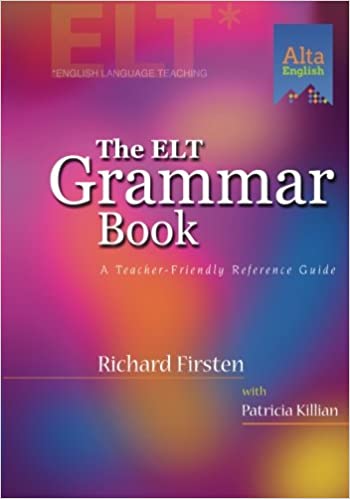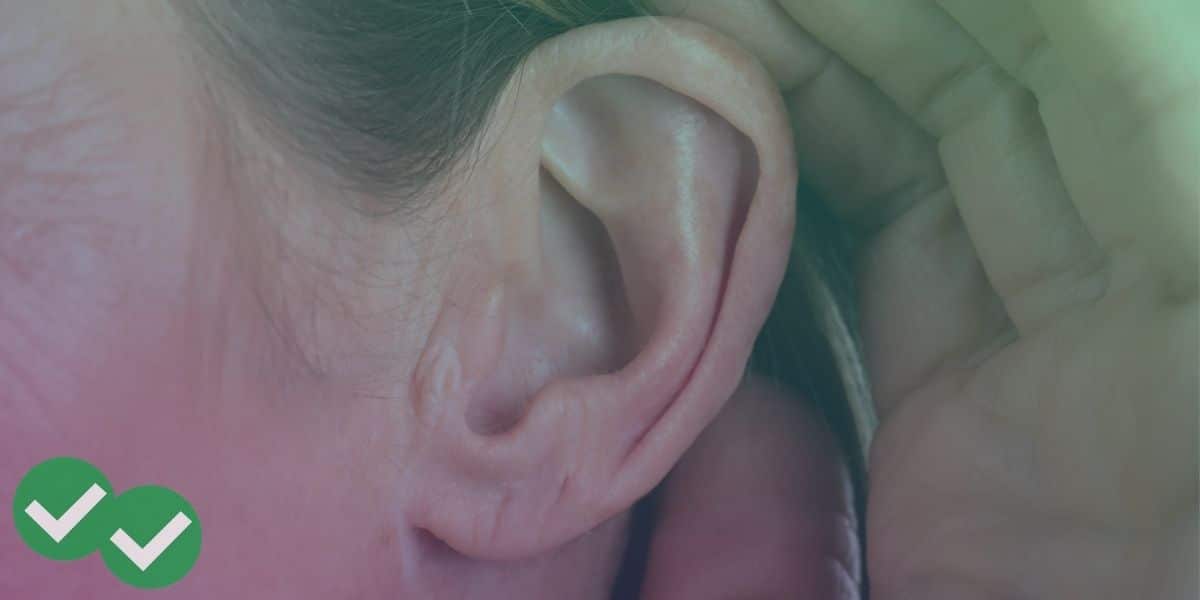“Do I need to study grammar for the TOEFL?” This is a question we’ve answered before, because students ask it a lot! And the answer is still a resounding “yes!” Even though there is no grammar section on the TOEFL—and you won’t be tested on grammar rules—you still need to study grammar.
So then why do you need to learn grammar for the TOEFL? The TOEFL tests your grammar in usage. Basically, if you have poor grammar, your Writing and Speaking responses will receive low scores. So studying grammar can help you boost your scores on the TOEFL.
The question then becomes: How can I study grammar for the TOEFL? We can help you out there, too!
TOEFL Grammar Infographic
We made this handy infographic with tips that outline how to study grammar for the TOEFL, and WHY you should spend time improving your grammar usage. View it, download it, print it out and hang it up on your wall (for hardcore students only!); however you use it, we hope you enjoy our latest graphic. 🙂

Additional TOEFL Grammar Resources
If you want more materials to study, we’d suggest either using our Free Grammar Lessons or Colins’ Vocabulary and Grammar for the TOEFL Test. Also check out our online TOEFL preparation course – it includes lots of TOEFL-like speaking and writing questions that you can use to practice your grammar!
You can also find all of our posts on grammar below:
- ¿Cuál es una buena puntuación en el TOEFL?
- Los cuatro tiempos verbales presentes y sus diez usos en inglés
- Os Quatro Tempos Verbais do Presente e Seus Dez Tipos de Uso
- Los cuatro tiempos verbales pasados y sus nueve usos en inglés
- GMAT Grammar for ESL Students: Relativizer “That” and Implied Nouns
- Os Quatro Tempos Verbais do Passado e Seus Nove Tipos de Uso
- English Punctuation: Times When a Comma is Optional
- English Contractions: “It’s”
- Review of English Determiners: “The”
- Review of English determiners: “A” and “An”
- Preparing for the TOEFL? Read These Grammar Books
- Parallel Structure in English: Practice Activity
- Advanced Parallel Structure in English
- Introduction to Parallel Structure in English
- Gerunds after adjectives and prepositions
- Do Mixed Conditionals Mix You Up?
- Phrasal Verbs in TOEFL Listening
- The Difference between Verb Participle and Verb Tense
- Magoosh Comics: Future Perfect and Future Perfect Continuous
- How and When to Use Indirect Questions
- Learn the Second Conditional Through Popular Music
- Modals, Part 1: An Overview of Modals
- TOEFL Adjectives in Use
- TOEFL Tuesday: Subject–Verb Inversions
- Magoosh Comics: Reviewing Multiple Word Forms
- The Future Perfect
- Adjectives and Word Order
- Punctuation in English Academic Writing, Part 4: Ellipsis and Asterisk
- Magoosh Comics: Playing With Subjects, Verbs, and Direct Objects
- Punctuation in English Academic Writing, Part 3: Apostrophe, Exclamation Point, and Question Mark
- Apostrophes and Possessive Pronouns
- Punctuation in English Academic Writing, Part 2: Parentheses and Quotation Marks
- Apostrophes and Possessive Nouns, Part 2: Apostrophe After S
- Punctuation in English Academic Writing, Part 1: Period, Comma, Colon, and Semicolon
- Apostrophes and Possessive Nouns, Part 1: Apostrophe Before S
- More Rules for Splitting Phrasal Verbs
- Phrasal Verbs: To Split, or Not to Split?
- English Grammar: Fragments vs. Sentences [Video]
- English Grammar: Prepositional Phrases [Video]
- Prepositions of Time: Review and Practice
- English Grammar Video: Indirect Object
- English Grammar: “At Home” vs. “Home”
- English Grammar Video: Intransitive Verbs
- English Grammar Study: Using “The” With Nouns of Place
- English Grammar: Direct Object
- English Grammar: Subject and Verb
- “The” and Places
- English Grammar: Subject
- Quantity Adjectives with Countable and Non-Countable Nouns
- Modal Verbs of Deduction and Speculation in the Past
- A Review of English Grammar Terms
- Nouns of Measurement and Non-Countable Nouns
- TOEFL Grammar: What You Need to Know
- How to Make a Non-Countable Noun Into a Countable Noun
- Introduction to Non-Countable Nouns
- Who vs. Whom in Questions
- Who vs. Whom in Statements
- Introducing Magoosh’s Free English Grammar Lessons!
- TOEFL Activity: Identifying Phrases
- Reviewing Phrases
- The Difference Between a Clause and a Phrase
- Sentences, Subjects, and Predicates
- Getting Feedback on Your TOEFL Writing
- TOEFL Tuesday: Why and How to Study Grammar
- Demonstratives in English
- Hard Relativizers: That, Which, Who, and Whom
- Introduction to Relativizers
- TOEFL Grammar Exercises With Comics
- TOEFL Grammar Exercises with Maps and Photos
- Magoosh Comics: Reviewing Gerunds and Infinitives
- Gerunds, Infinitives, and Verbs-as-Nouns
- Gerunds, Infinitives, and Describing Actions
- Talking About the Future, Part 2: The Perfect and Continuous Futures
- Talking About the Future, Part 1: Present and Simple Future
- The Four Past Tenses and Their Eleven Uses
- What the TOEFL Test Center Looks Like
- General Uses of the Word “Should”
- General Uses of the Word “Would”
- General Uses of the Word “Could”
- Magoosh Comics: How NOT to Make a Sentence
- Suffixes and Parts of Speech
- Book Review: TOEFL Grammar Guide
- How to Make a Sentence: Object Placement
- Magoosh Comics: Polar Words
- Special Grammar Lesson: The Third Conditional
- Using “Would,” “Could,” and “Should” in Conditionals
- Any vs. Some: Exceptions to the Rules
- Any vs. Some
- 5 Ways to Practice Grammar Every Day
- Grammar Review – Prepositions of Location and Movement
- Review of Conditionals
- Using “A” and “An”
- The Amazing “The”
- Stative Verbs, Perceptions, and Opinions
- Reporting Verbs and Simple Present Tense
- The Four Present Tenses and their Ten Uses
- How to Give Advice: Should, Would and Don’t
- TOEFL Grammar Review: Expressions of Time
- TOEFL Book Review- English Language Grammar Reference
- TOEFL Grammar: Using Conjunctions





